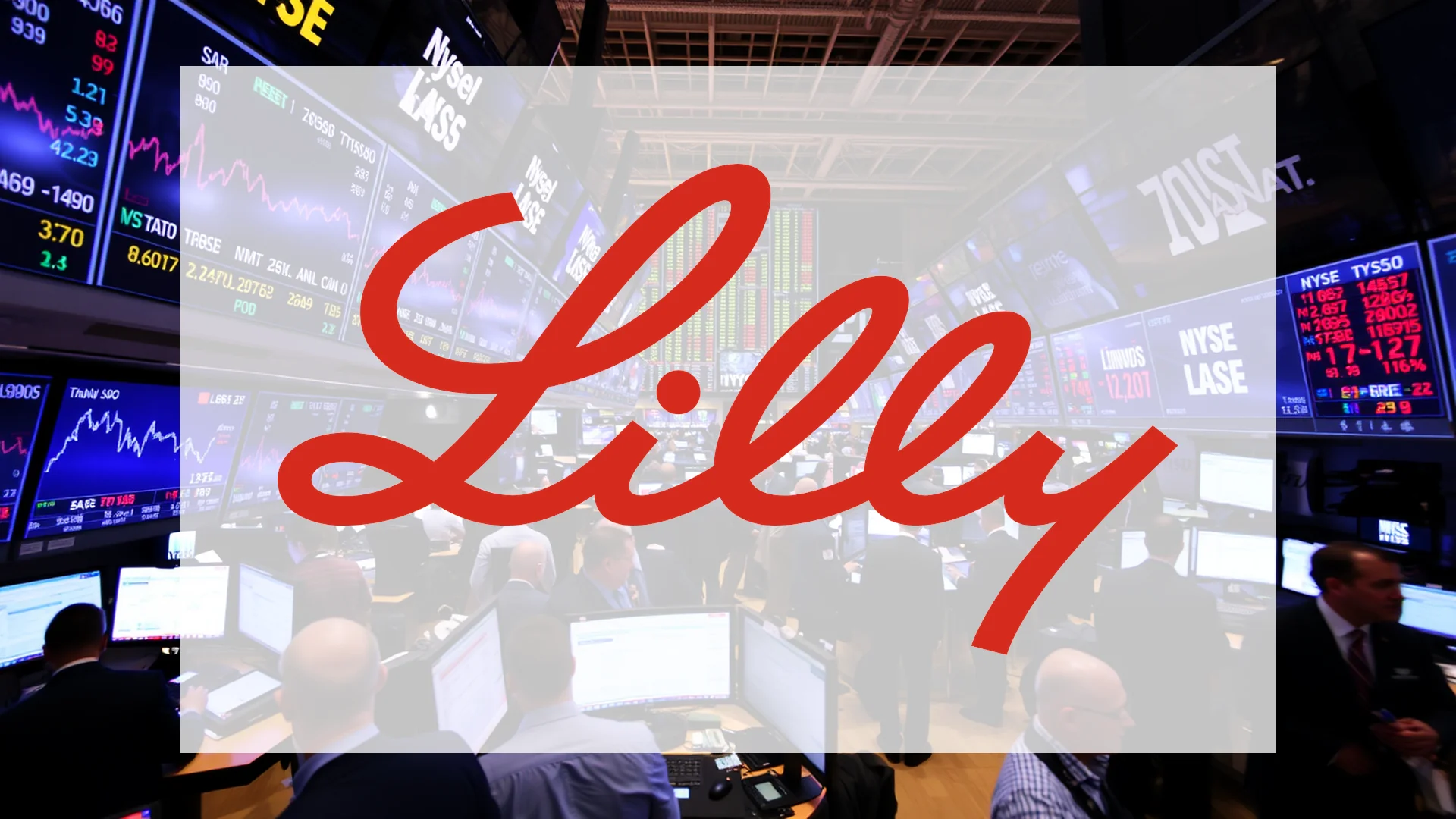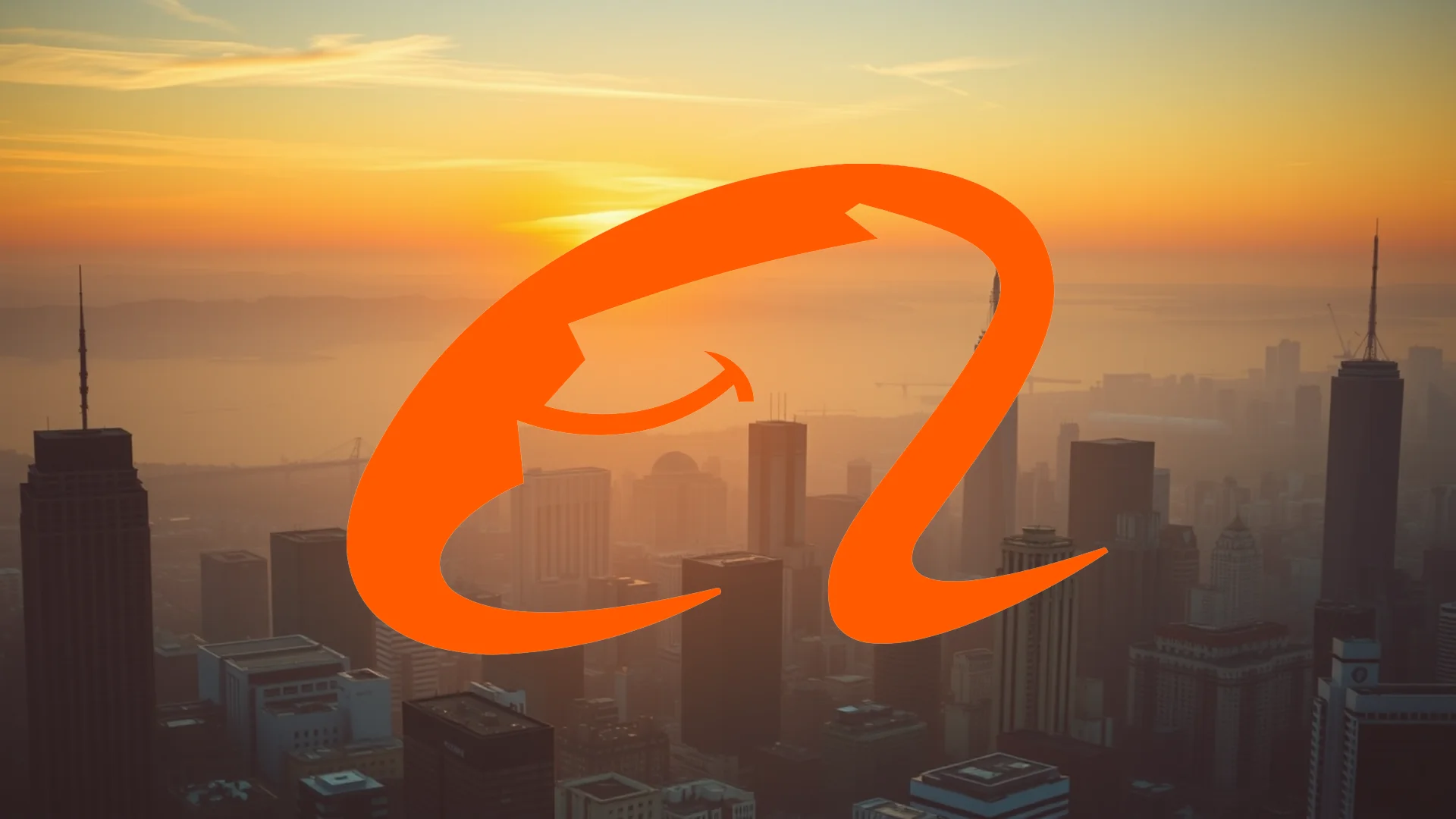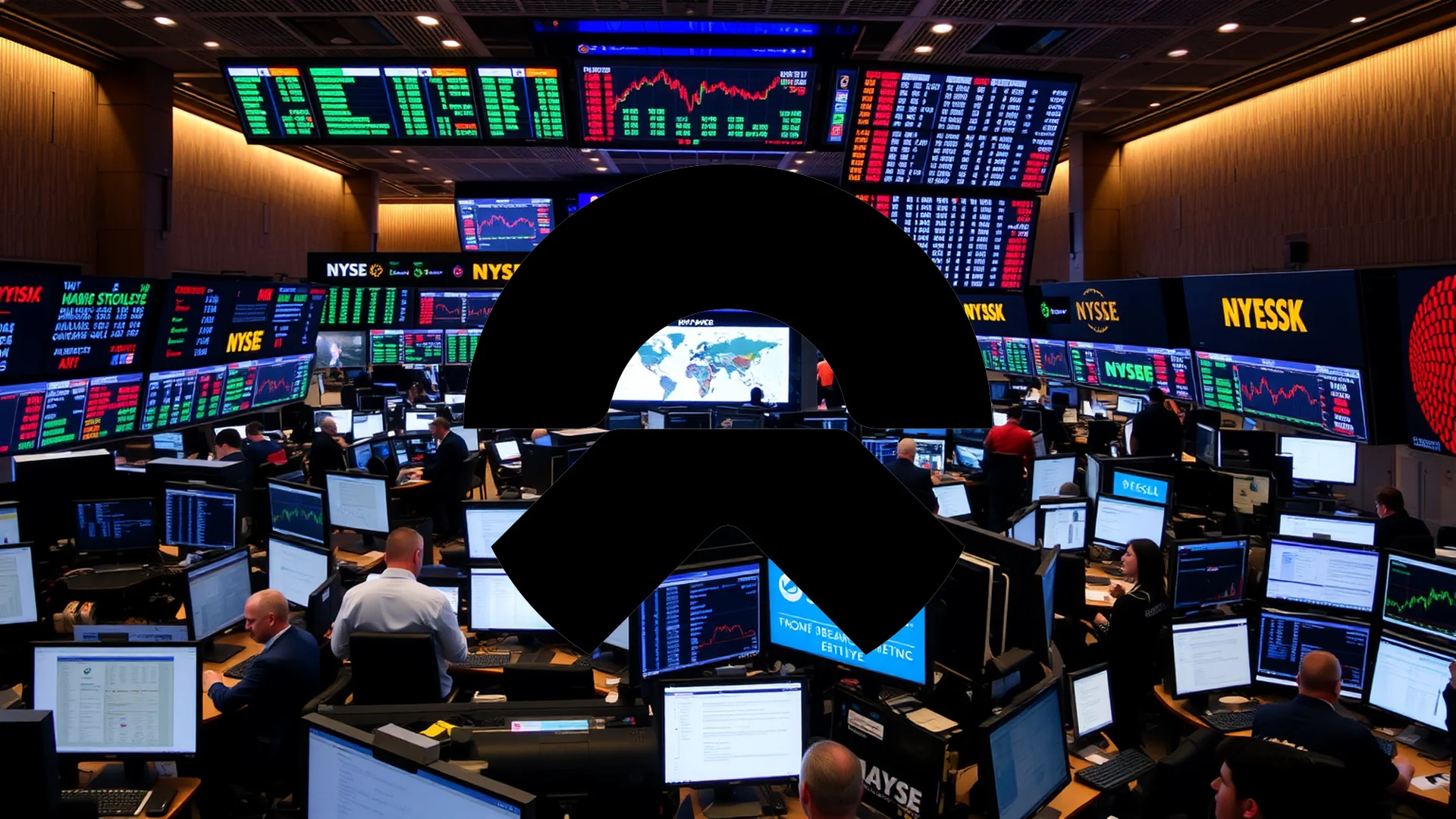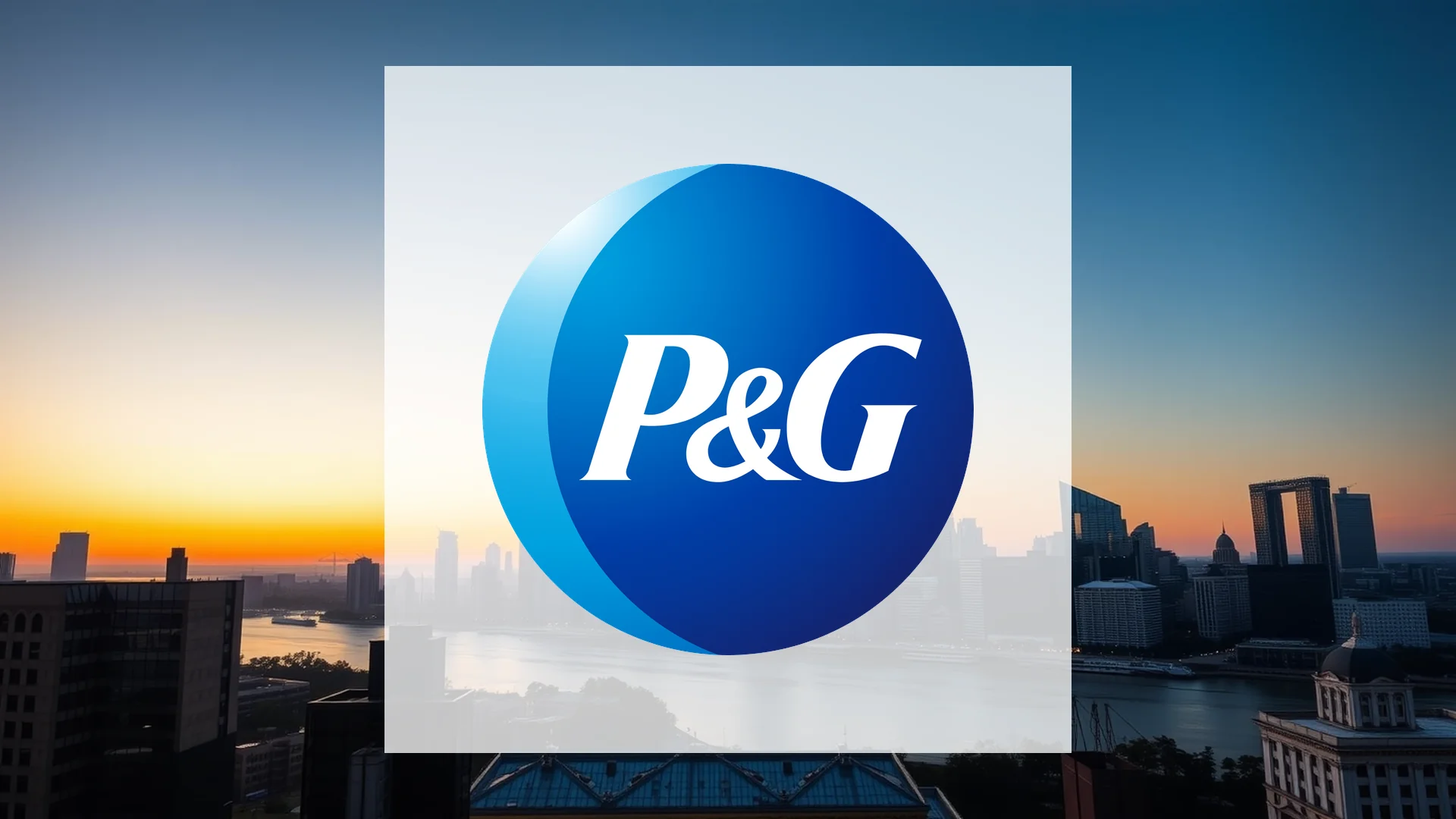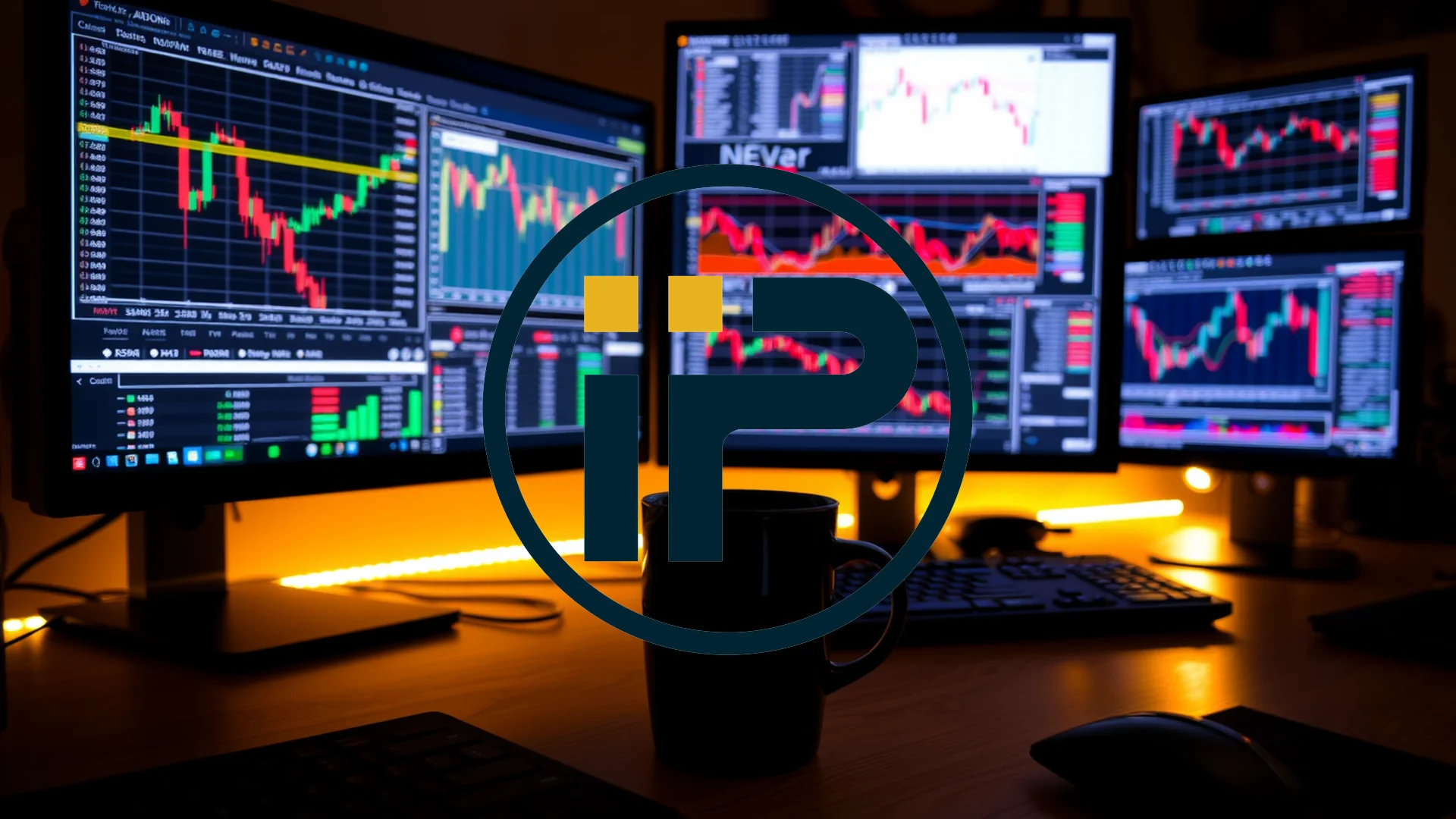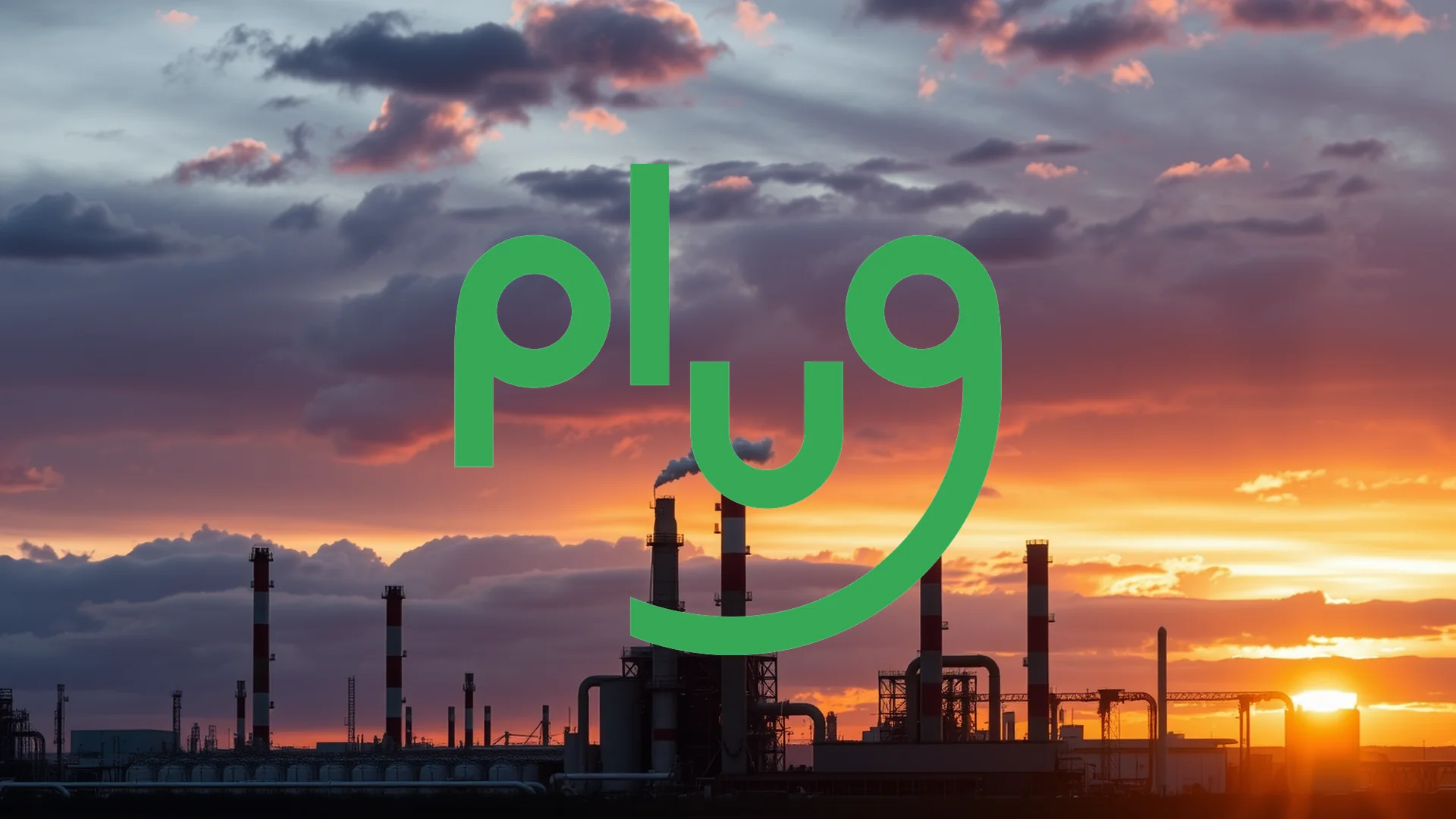Pharmaceutical giant Eli Lilly finds itself navigating a complex pricing landscape as new regulatory measures from the Trump administration compel significant adjustments to its global strategy. The September 1st deadline for implementing “Most-Favored-Nation” pricing has already triggered tangible consequences for the drugmaker, even as it continues to generate substantial revenue from its blockbuster medications.
Exceptional Performance Meets Regulatory Challenges
Eli Lilly’s recent financial performance demonstrates remarkable strength, particularly in its diabetes and obesity treatment portfolios. Second-quarter results revealed impressive growth, with adjusted earnings per share reaching $6.31, significantly surpassing analyst expectations. Revenue surged by 38 percent to $15.56 billion, driven largely by outstanding performance from two key products.
The company’s metabolic treatments have become exceptional revenue generators. Mounjaro achieved $5.2 billion in sales, representing a 68 percent increase, while Zepbound contributed $3.38 billion. Both products exceeded market projections, highlighting sustained demand for Lilly’s innovative therapies. This operational success prompted management to raise full-year guidance, now forecasting revenue between $60 and $62 billion with adjusted EPS expected in the range of $21.75 to $23.00.
International Price Adjustments Signal Strategic Realignment
The regulatory environment has forced concrete changes to Lilly’s pricing approach. In late August, the company suspended shipments of its bestselling medication Mounjaro to the United Kingdom. Subsequently, it announced substantial price increases for the treatment, with the highest dose experiencing a dramatic 170 percent jump from £122 to £330 per month.
Should investors sell immediately? Or is it worth buying Eli Lilly?
These adjustments form part of a broader strategic repositioning in response to communications from the White House. On July 31st, Lilly and sixteen other pharmaceutical manufacturers received directives requiring implementation of new pricing structures by September 1st. The company has been transparent about its rationale, stating that medication prices paid by governments and health systems in developed markets like Europe must increase to enable reductions in the United States.
Market Sentiment Reflects Growing Uncertainty
Despite strong fundamentals, investor confidence has been tempered by regulatory uncertainties. The company’s shares currently trade approximately 30 percent below their yearly high, reflecting market concerns about pricing policy impacts.
This cautious sentiment is appearing in analyst projections as well. Zacks Research recently revised its fourth-quarter earnings estimate downward from $6.97 to $6.83 per share, a two percent reduction that signals growing apprehension about Lilly’s near-term prospects. While some analysts still see a 17.5 percent discount to fair value, others caution about elevated valuation multiples given the current regulatory climate.
The coming weeks will prove critical for Eli Lilly as it balances regulatory compliance with profitability objectives. Investors will be closely monitoring the quarterly report scheduled for late October, which should provide clearer indications of how successfully the company is navigating this challenging period.
Ad
Eli Lilly Stock: Buy or Sell?! New Eli Lilly Analysis from December 3 delivers the answer:
The latest Eli Lilly figures speak for themselves: Urgent action needed for Eli Lilly investors. Is it worth buying or should you sell? Find out what to do now in the current free analysis from December 3.
Eli Lilly: Buy or sell? Read more here...

